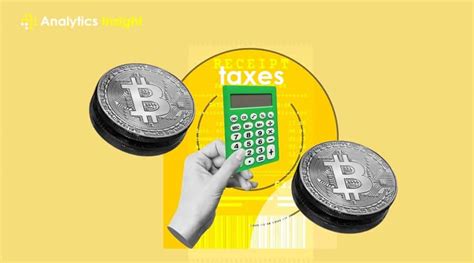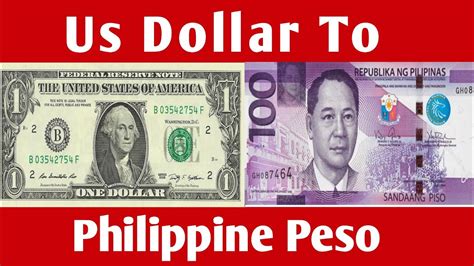Introduction
Gold and silver have been highly valued precious metals for centuries, serving as stores of value, mediums of exchange, and objects of art and adornment. Their prices have fluctuated significantly over time, influenced by various economic, political, and social factors. In this comprehensive guide, we present a detailed analysis of gold and silver price charts, providing insights and forecasting potential price movements up to the year 2025.

Gold Price Charts
Historical Trends
Historically, gold has been considered a safe haven asset during periods of economic uncertainty and market volatility. The following table summarizes key milestones in gold price history:
| Year | Gold Price (USD/oz) |
|---|---|
| 1971 | $35 |
| 1980 | $850 |
| 2000 | $275 |
| 2011 | $1,900 |
| 2022 | $1,800 |
Factors Influencing Gold Price
Gold price movements are influenced by a multitude of factors, including:
- Economic conditions: Economic growth, inflation, and interest rates can impact gold demand and supply.
- Political uncertainty: Geopolitical conflicts and government policies can drive demand for gold as a safe haven.
- Central bank policies: Gold purchases and sales by central banks can influence the market.
- Supply and demand: Physical gold production and demand from jewelers, investors, and industries affect the price.
- Inflation: Gold is often seen as a hedge against inflation, as it tends to retain its value during periods of rising prices.
Silver Price Charts
Historical Trends
Silver has traditionally been used as a monetary metal and is also widely employed in industrial applications. The following table highlights key silver price milestones:
| Year | Silver Price (USD/oz) |
|---|---|
| 1971 | $1.5 |
| 1980 | $50 |
| 2000 | $5 |
| 2011 | $49 |
| 2022 | $24 |
Factors Influencing Silver Price
Silver price movements are primarily driven by:
- Gold price: Silver often moves in tandem with gold, but can exhibit higher volatility due to its smaller market size.
- Industrial demand: Silver’s industrial applications, particularly in electronics, solar panels, and jewelry, influence its demand.
- Economic conditions: Economic growth and inflation can affect silver demand from various industries and investors.
- Supply and demand: Physical silver production and demand from investors, jewelers, and industries determine its price.
Gold vs. Silver: A Comparison
Gold and silver are both precious metals, but they differ in certain characteristics:
| Characteristic | Gold | Silver |
|---|---|---|
| Market capitalization | $12 trillion | $1.3 trillion |
| Industrial demand | Limited | High |
| Volatility | Lower | Higher |
| Correlation to gold | Strong | Moderate |
Gold and Silver Price Forecasts to 2025
Predicting future gold and silver prices is challenging due to the interplay of various factors. However, analysts provide some guidance based on historical trends and economic projections.
Gold Price Forecast
- Goldman Sachs: $2,000-$2,300 by 2025
- Bank of America: $1,900-$2,100 by 2025
- Citigroup: $1,800-$2,000 by 2025
Silver Price Forecast
- Goldman Sachs: $26-$29 by 2025
- Bank of America: $24-$27 by 2025
- Citigroup: $23-$26 by 2025
These forecasts are subject to change depending on future economic and market conditions.
Investment Considerations
Investing in gold and silver can diversify a portfolio and potentially provide downside protection during market turmoil. However, investors should consider the following factors:
Advantages
- Safe haven assets: Gold and silver are perceived as safe havens during periods of uncertainty.
- Diversification: Gold and silver can diversify a portfolio, reducing overall risk.
- Inflation protection: Gold and silver can act as hedges against inflation, as they typically retain their value during periods of rising prices.
Disadvantages
- Volatility: Gold and silver prices can be volatile, which can lead to losses in the short term.
- Storage costs: Storing physical gold and silver can incur fees for insurance, security, and transportation.
- Opportunity cost: Investing in gold and silver may involve giving up other investment opportunities with potentially higher returns.
Common Mistakes to Avoid
- Timing the market: It is extremely difficult to accurately time the market for gold and silver investments.
- Ignoring diversification: Investing too heavily in gold and silver can create portfolio imbalances and increase risk.
- Emotional trading: Making investment decisions based on emotions can lead to irrational choices.
- Lack of research: Failing to thoroughly research the gold and silver market can result in poor investment decisions.
Current Status and Future Outlook
The current gold and silver markets are characterized by:
- Elevated inflation: Rising inflation has increased demand for gold and silver as safe havens.
- Geopolitical tensions: Ongoing geopolitical conflicts have driven demand for gold as a safe asset.
- Global economic uncertainty: Concerns about the global economy have supported demand for precious metals.
Looking ahead, the long-term outlook for gold and silver prices remains positive.
- Increasing demand: Growing wealth and population in emerging markets are expected to drive demand for gold and silver.
- Inflationary pressures: The potential for continued inflation may support demand for gold and silver as a hedge against rising prices.
- Technological advancements: New applications and technologies utilizing gold and silver, such as solar panels, 5G networks, and healthcare devices, may increase demand.
Conclusion
Gold and silver price charts provide valuable insights into the historical and potential price movements of these precious metals. While unpredictable, gold and silver prices are likely to continue trending higher in the long term, driven by factors such as economic uncertainty, inflation, and increasing demand. Investors should carefully evaluate their risk tolerance and investment goals before allocating a portion of their portfolio to gold and silver.



